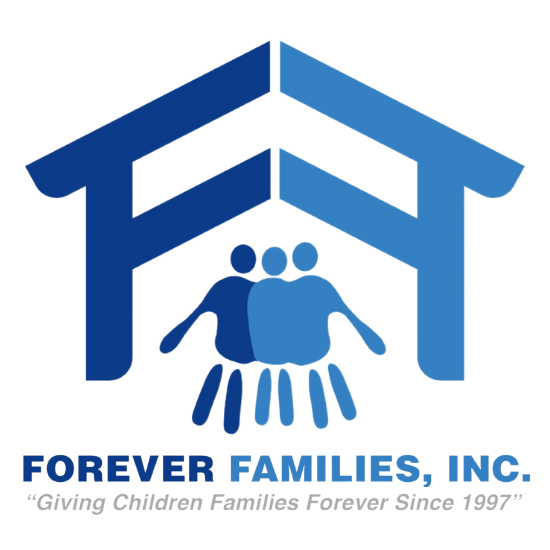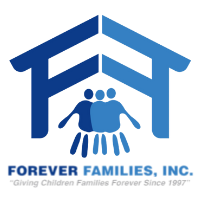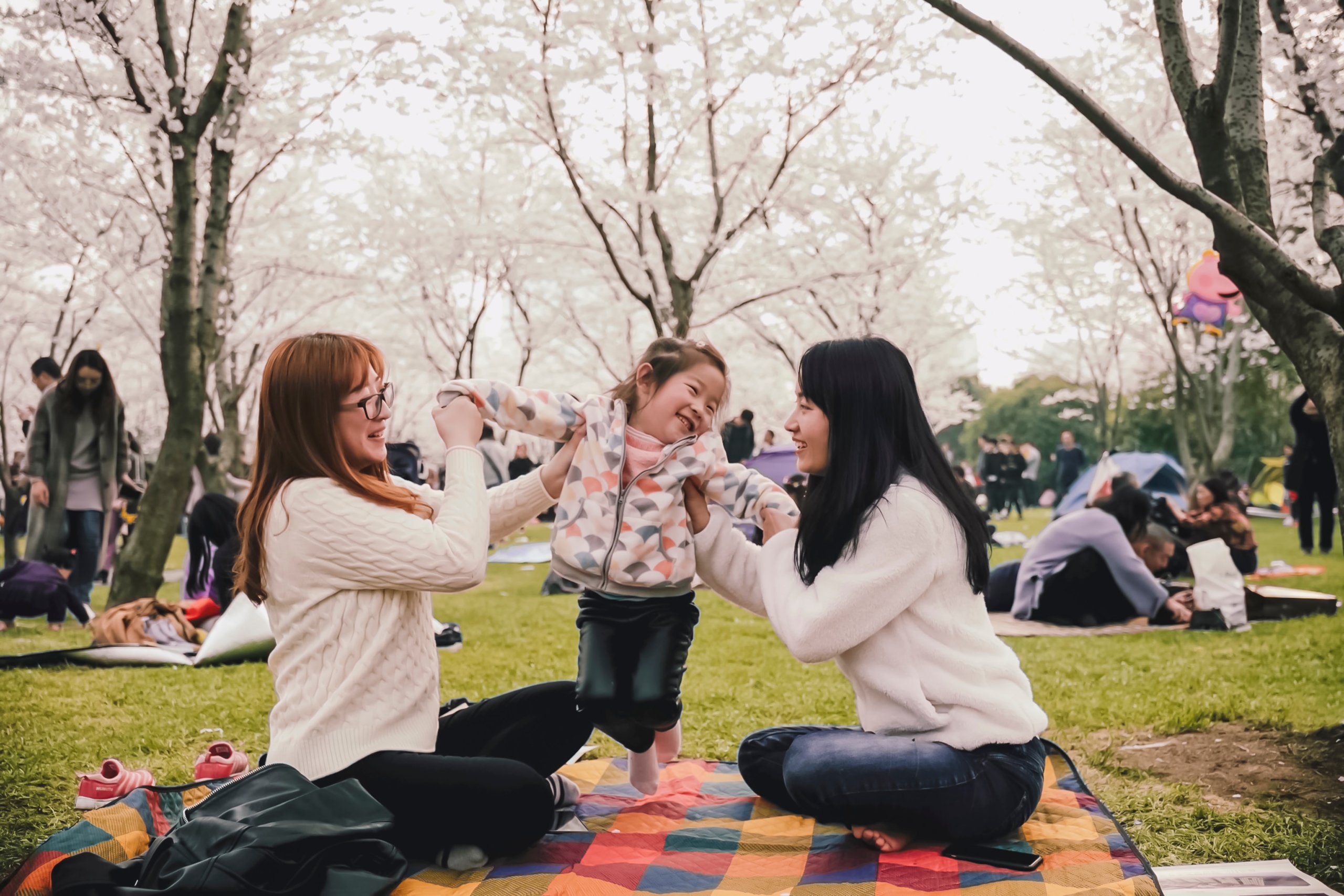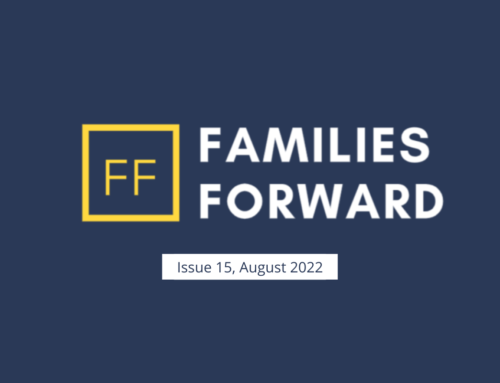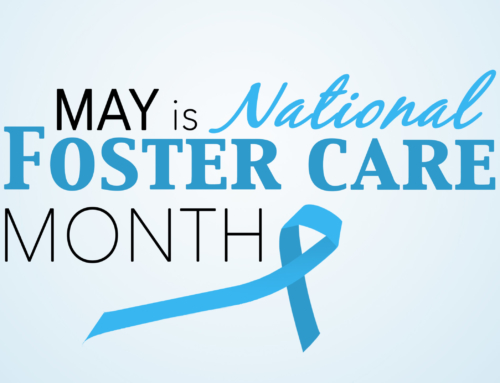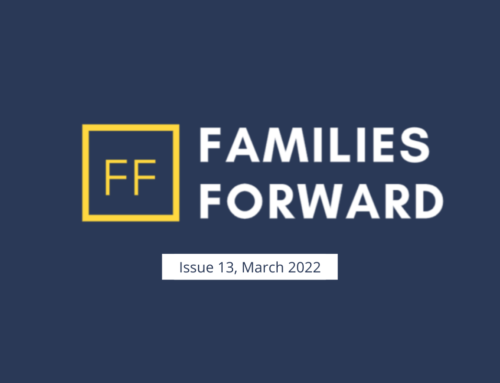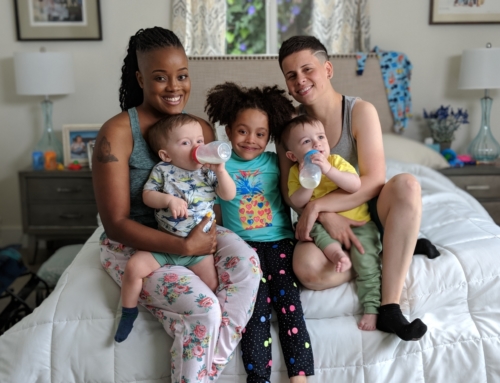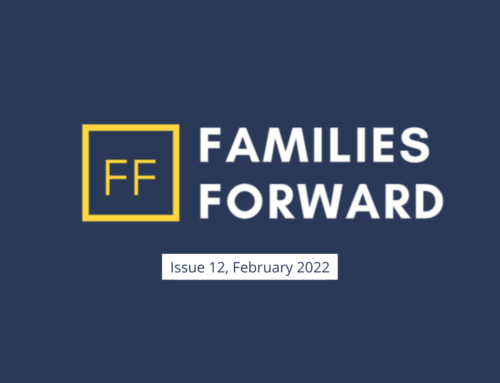Written by Amanda Kemp
Have you ever ridden a bicycle for two people? Or maybe been out on the water in a two person kayak? How about sitting on a seesaw with another person? All of these things could be operated by one person (if they’re strong enough), but it is much easier when both people work together. In the world of foster care, a lot of times we single out a person (birth parent, foster child, foster parent, relative, etc.) and think that individual needs to participate in a particular service in order to address an identified issue on their own. This might be mental or behavioral health services for an adult or for a child to address behaviors and to teach proper decision making skills. It might be that a caregiver should attend parenting classes or trauma informed training to gain a better understanding of parenting children with a traumatic background. It could also be that a caregiver needs to attend a training to learn skin and hair care for a child in their care who is a different race from the caregiver. Regardless of what an individual might be struggling with, a single service or training is a good start but it is not going to magically fix the issue. It is only one component of many that needs to be implemented in order for that individual to succeed.
Rather than focusing on the individual, focusing on the overall family unit is far more successful. This includes providing services to families giving them the knowledge and training to “enhance their capacity to care for and protect their children,” as well as focusing on the child’s needs and safety within the family unit (https://www.childwelfare.gov/topics/famcentered/).
Family centered practice focuses on the safety and wellbeing of all family members, strengthening the family’s ability to function based on finding solutions, keeping the family included in decisions and setting goals throughout the process, developing a relationship between caregivers and service providers, tailoring the service and approach to the needs of each family, and assisting the family to build a support system with resources and services. https://www.childwelfare.gov/topics/famcentered/ is a great resource in identifying different ways to implement family centered practice. Some services that may be utilized throughout the family centered practice include in-home services, referrals to assist with finding and interviewing for a job or building a resume, assistance with locating housing, family therapy, and most importantly direct observation and recommendations from professionals- this could be during an assessment (i.e. Clinic for Child Study), during parenting time, or during home visits or in-home services.
According to https://ecpcta.org/family-centered-practice/, this practice helps to build relationships by encouraging parent participation, supporting families in their caregiving role, effective communication, providing information and guidance about child development, collaborates with family to identify strengths and needs, refers families to resources and services, and provides information about parental rights and safeguards about how to advocate for themselves as well as their families. These can include ensuring parents know about their child’s medical appointments which they are allowed to attend, as well as information about their education. Asking the family for their input and including them throughout the process is crucial for family centered practice.
Family centered practice is utilized not only in Michigan but across the country. There are many resources that can be utilized to learn more about this practice and what is offered by checking out the following sites: Iowa- https://nrcfcp.uiowa.edu/ , Kansas- https://www.acf.hhs.gov/cb/report/kansas-intensive-permanency-project-kipp-program-manual , Tennessee- https://www.tn.gov/content/dam/tn/dcs/documents/training/qc/qc-intro-prereq-ppt.pdf
Just like I discussed in the December blog about respite, support is so incredibly important. By choosing not to utilize the support of family, friends, service providers, etc. you are relying solely on yourself to address issues that may arise, setting up yourself and the rest of the family for failure. This is a team effort, so I encourage all of you- you are on that two person bicycle, kayak, or seesaw -not to do this on your own, but work together. Reach out if you need help, and work with your family members to make sure that you are all in a good place to develop trust and grow your family relationships by relying on each other. Your worker and service providers are part of your team and will continue to do what is best for your family in regards to safety and wellbeing. If you have any questions or concerns, please reach out to your worker.
